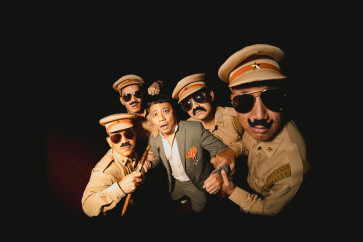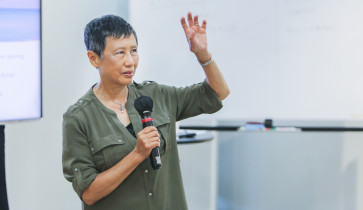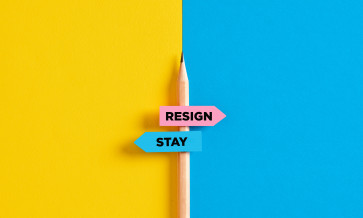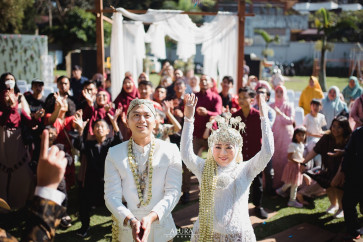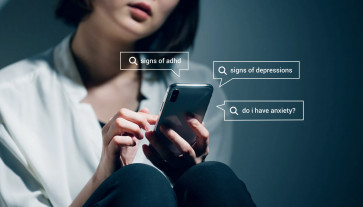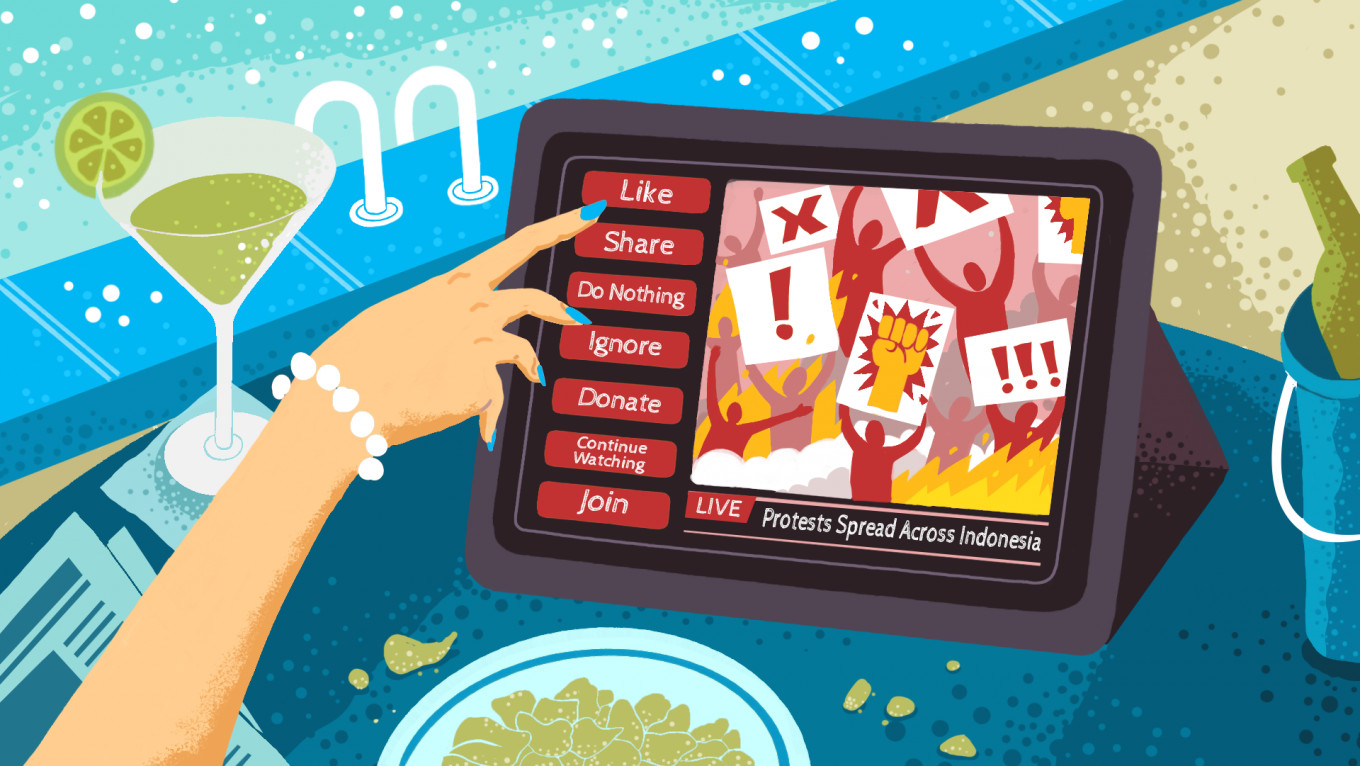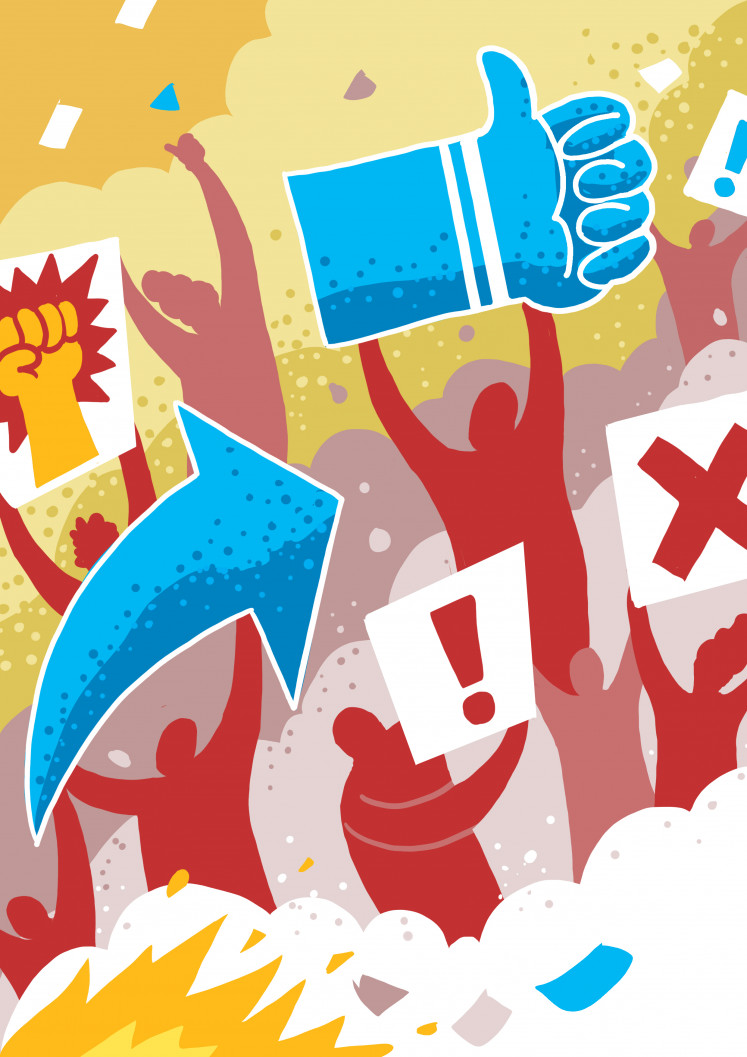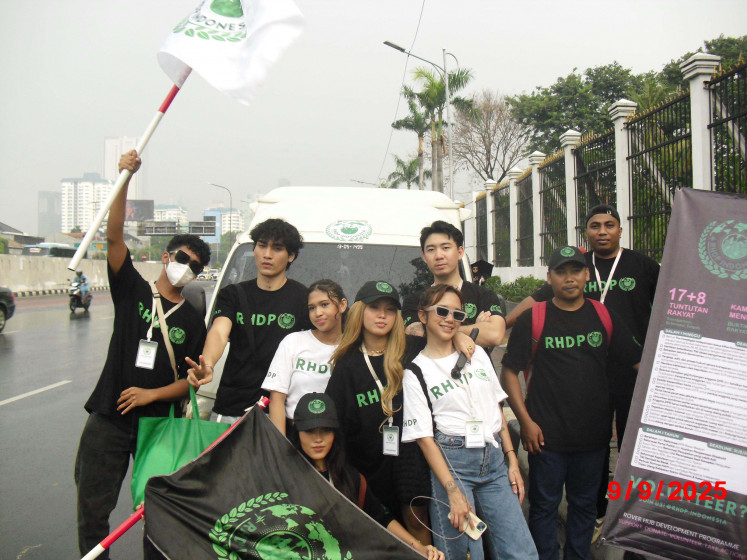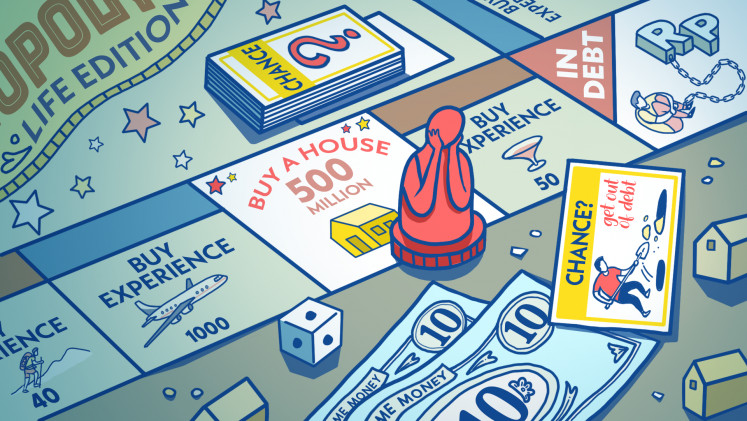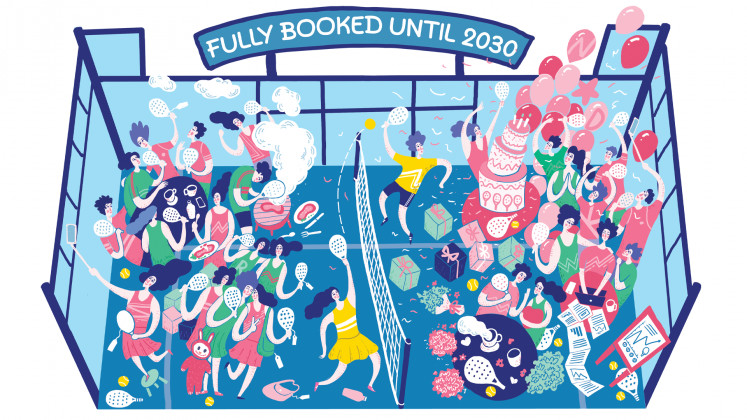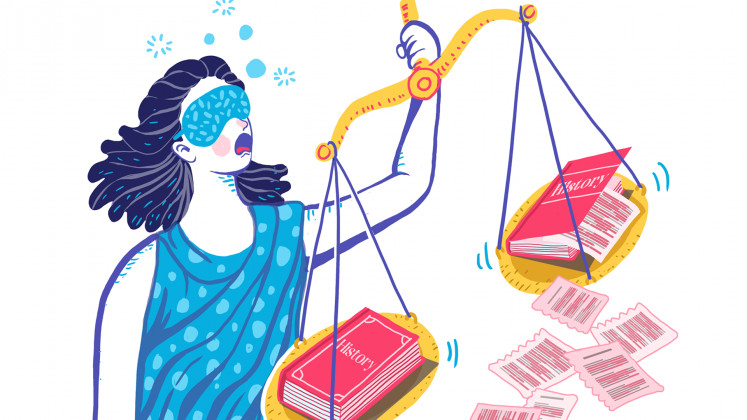On the eve of Aug. 28, I turned on my television for the first time in months. Jakarta was already restless, small protests had flared for weeks, but this time, something felt different.
As the screen blared into the darkness of my room, my phone buzzed nonstop. In a six-person chat, my friends debated whether to go to the office the next day. The conversation soon shifted from “work or stay home?” to “what if we left town?” Half joking, half panicking.
Then came a startling video: a driver in a green jacket, Affan Kurniawan, was run over by a police car. Within minutes, the clip flooded every feed, uncensored, raw, replayed from three angles. Suddenly, this wasn’t something happening “out there.” My city was on fire.
People were angry, and rightfully so. For once, it felt like everyone was paying attention. I watched students take to the streets, their voices cracking through megaphones as they declared themselves the pillars of democracy. I watched what looked like the birth of a new era: loud, refreshing, brave.
Posting through privilege
But that was mostly what I did: watched.

Thank you!
For signing up to our newsletter.
Please check your email for your newsletter subscription.
I was safe amid the growing chaos, tucked away in a quiet neighborhood far from the protests. My biggest risk that night was insomnia.
I posted an Instagram story: “RIP Indonesia’s Democracy”. But before I hit post, guilt crept in. The gesture felt hollow. Who was I to speak when others were running from tear gas?
“It almost feels as if wearing that privilege around your skin every day is a sin,” said a friend, Karina, 23, empathizing with me.
“I felt like I was sinning every day just because I had a roof and a blanket. I could switch off my phone, but I could still hear screams from the demonstration nearby. It was eerie.”
Her words echoed what I couldn’t articulate: the unease of caring from a distance, of wanting to be a part of the movement while knowing that, at any moment, I could close the app and move on.
(B/NDL Studios/Budhi Button)
Am I even allowed to “share” my frustration if I’m not on the streets? How much does my Instagram post matter compared to people who are doing something about it? Does posting even help, or is it just a way to silence guilt?
I told myself that awareness was a form of action, that sharing donation links and explaining the issue to confused friends somehow counted. But deep down, I knew I was only doing what was easiest.
There’s comfort in outrage when it costs nothing.
And yet, even that small act can feel toxic.
“I had a second where I questioned my friends who said, ‘I’ve never posted anything like this before,’” Karina said.
“If I put them in one basket, these are often people with social anxiety. And I’m not trying to excuse the silence,” she added.
“But there are also people who would post just to post. It’s performative. They’re not actually reading.”
In a way, I recognized myself in both. I read the news, I cared, but privilege allows distance. Detachment disguised as empathy.
Maybe posting was my way of compensating for doing too little.
Maybe it was the only thing I could do, and that’s exactly what makes it uncomfortable.
But there are some, like Derren (not his real name), 28, who chose not to post at all. Not because he didn’t care, but because the growing chaos felt eerily familiar and frightening.
Echoes of 1998
There was an Instagram clip I couldn’t stop watching, grainy footage from the Asian Financial crisis, just months before the 1998 riots. People queued outside banks, stores were looted, government buildings were burned.
Growing up, those scenes were drilled into my head as the country’s darkest chapter. Our parents’ whispered cautionary tales about the chaos and the mobs, a collective trauma we were told not to touch.
During the last days of August, that fear resurfaced. The parallels were striking, right down to another martyred life labeled as “collateral”.
“Being Chinese-Indonesian, fear and anxiety drowned my thoughts,” Derren said.
“I was not old enough to remember the 1998 protests firsthand, but the stories have been passed down by many communities.”
This time, when the president vowed to “strongly act” on anarchic protesters, the fear deepened.
“News spread quickly through WhatsApp that protesters were getting shot with live rounds. It resembled the 1998 riots,” he said.
And if things weren’t bad enough, some were inciting racial hatred toward Chinese-Indonesians, stirring something unrelated to the protest’s core demands.
That kept Derren not just away from the streets, but away from it all.
Inside and outside of the gates
Would it have mattered if we joined the protests?
“The voices from the protests? Honestly, they don’t reach inside the parliament complex,” said Dilla, 27, a former journalist turned civil servant.
“The media and the government are like total opposites,” she explained.
“I used to criticize freely, but now I have to be careful because our government is anti-criticism. Even when protesters are literally outside the parliament complex, the main concern you’ll hear from people inside is, ‘Why are they protesting? It'll make clocking out such a hassle’.”
Still, Dilla tries to hold on to her values. “I try to see both sides. As a civil servant, I can’t be too bold. But I try to keep the people’s perspective by doing my job well.”
Her words brought unexpected comfort, proof that empathy still exists within the system.
Meanwhile, outside those gates, another movement was forming.
Amid the anger, there was solidarity. The heartwarming hashtag #WargaJagaWarga (citizens look out for citizens) became a digital lifeline. It was more than a slogan, it was a compromise for survival and a promise between strangers. The hashtag spread fast.
Donations poured in from across the country and even abroad. Grab and Gojek drivers raised funds for Affan’s family. Indonesian diasporas marched in solidarity.
Not everyone could march, but many still showed up. Like Karina and her three friends, who set up a donation link for medicine and food.
“I don't know how it happened, but the donation template got shared by more than 5,000 people,” she said.
“We received 77 million in two days. Our QRIS got blocked for receiving too much.”
Karina (center), holding the Rover Hub Development Program (RHDP) flag, and her team pose by their mobile aid post. (Karina Dwipayana)
Later, they shifted to a food truck program, collecting US$1,800 from people in the United States, Australia and the United Kingdom. Karina also became an ambassador for the Rover Hub Development Program (RHDP) to distribute food directly to the protestors.
But as fast as the movement rose, it faded.
The 17+8 campaign, with its pink and green icons and list of citizen demands, dominated timelines. Then it disappeared.
“If I'm being realistic, our community is very easily distracted. We bite more than we can chew,” she says.
“Maybe not all demands will be met, but having them written out did spark something within each one of us.”
For a brief moment, the country seemed to be more united than ever.
Data firm Drone Emprit recorded that posts about Affan’s death drew 10 billion interactions within 12 hours. The 17+8 campaign drew 7.5 billion in four days. The numbers are astonishing, and yet both vanished almost as fast as they appeared.
What remains after the scroll stops
Then came silence.
The Sept. 5 deadline, set by the 17+8 campaign as a call for action on a list of citizen demands, came and went. The crowds thinned, the outrage cooled. The names of the dead and the missing slipped from headlines. What had felt like a reckoning dissolved into another forgotten scroll.
“I had hoped that this time, the protest and sacrifices would lead to something constructive, even just a little,” Derren said.
“But Indonesia has had many turning points that circle back to the same issues.”
The ‘deactivation’ of a couple of public officials didn’t feel like the sweeping changes we were hoping for.
All we’re left with are more questions and uncertainties, the broken promise of a new era.
I didn’t march. I wasn’t tear-gassed or detained. Even if I know my presence wouldn’t have changed the outcome, I carry it, the fear, the guilt, the hopelessness.
So here we are again, back to our regularly scheduled programming. A little more jaded, maybe, but definitely more awake.
I’ll never be the one at the front lines, and I can make peace with that. But when the next protests erupt, and we know they will, I can choose not to look away. I can listen longer, give more, stay uncomfortable.
The march may have ended, but the work didn’t. And neither should the watching.
Sheena Suparman is a writer for The Jakarta Post's Creative Desk. She is based in Jakarta but wishes she could be anywhere else. She’s usually powered by coffee, chips and cheeseburgers.




